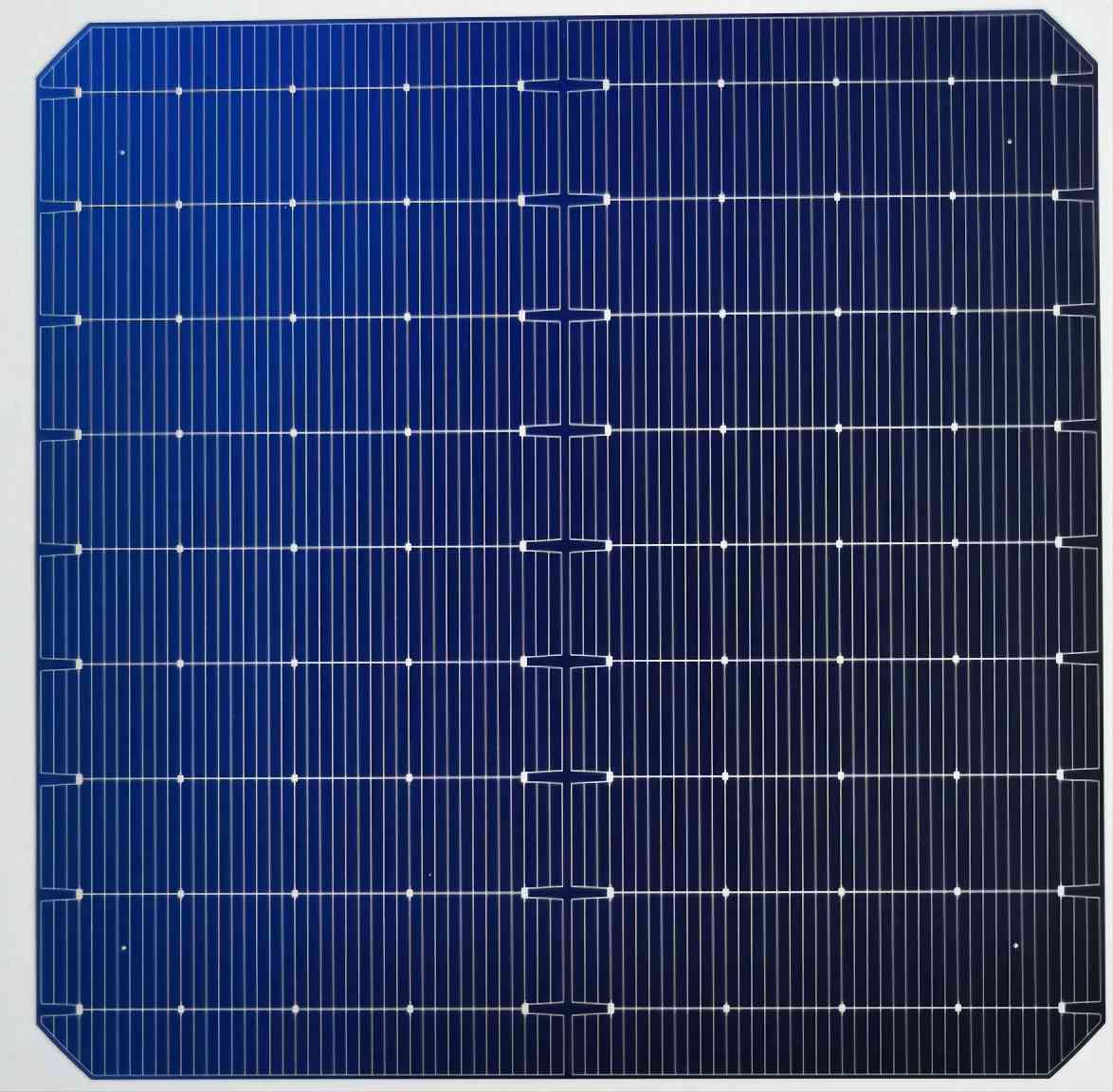TOPCon technical difficulties
Difficulties in the TOPCon process
Boron diffusion
LPCVD winding plating problem
PE-poly film burst problem
Yield loss due to long process steps
Burn-through and diffusion destroy passivation
The high-temperature process causes damage to the silicon wafers
TOPCon cost difficulties
The consumption of double-sided silver is higher
Low yield
Low CTM
It is difficult to improve efficiency
The equipment maintenance quota is high
It is difficult to reduce the price of equipment
Process difficulty 1: boron expansion
BBr3/BCl3 diffusion with poor uniformity
The diffusion time is long (3.5 h), and the B expansion time is about 1 times longer than that of phosphorus diffusion
Using BCl3 instead of BBr3 has a stronger bond, which requires a high temperature duration of more than 3 hours, and it is difficult to thin the silicon wafer
In order to shorten the time, it is necessary to add a water cooling device to shorten the cooling time (30-50 minutes).
The high diffusion temperature (1000~1250°C) leads to serious damage to the silicon wafer
The longitudinal distribution of B atoms is poor
Solubility of solids
The junction depth is up to 1 um, and the carrier recombination is serious
Atomic radius
B: 0.85 amy
Si: 1.1 angstrom
P: 1.0 Angstrom
The large difference in the atomic radius between boron and silicon can easily lead to lattice distortion and more dislocations
OSF oxygen rings are easy to induce, and dislocation rings in the crystal pulling process are easily induced in oxygen atmosphere, and are shown as concentric circles under PL/EL
High temperature ←→ small atoms ←→ high oxygen content
Process difficulty 2: deposition of doped polysilicon
LPCVD is difficult
The rate of in-situ doping is too slow
Mature route: first deposit intrinsic poly→ then phosphorus expansion
Winding problems caused by single-sided coating - Winding plating greatly reduces the yield rate
Double-sided coating can improve yield – resulting in a doubling of the number of equipment
Pipe walls and quartz parts are heavily soiled – equipment maintenance is too frequent
PECVD is immature
Uniformity issues
H content is too high - hydrogen burst film blister
Contamination of tube P – tube P is a hot wall
Cleaning the chamber and carrier plate is too frequent
Process difficulty 3: two types of burn-through
Category I: Doped element burn-through
The poly layer doped P penetrates the SiOx layer, and the passivation decreases
Category II: Metal paste burn-through
Back: Poly silicon layer back silver paste burns through, resulting in a decrease in passivation
Front: PN junction burn-through, leakage
HJT technical difficulties
Difficulties in the HJT process
Maintain the cleanliness of silicon wafers before and after PECVD
Balance between VHF deposition uniformity and high throughput
Battery stability
HJT cost difficulties
The cost of silver paste is high
Low CTM
The cost of equipment is higher
Potential price increases for ITOs
HPBC technical difficulties
HPBC technical difficulties
Three-way alignment (laser 1/2, silk screen aluminum)
Post-texturing process (double throwing + post-texturing)
Yield degradation due to Ag burn-through (hot spots, leakage current, short circuits)
Component connection technology
Without a front-field FSF, it is not possible to push the carriers to the back, which will reduce efficiency
Parasitic leakage in the inverse zone
The aluminum back field compound is serious
HJT cost difficulties
Low yield
No data is available for CTM
Efficiency improvement bottlenecks

